“Only 8% of people actually achieve their New Year’s goals. Why? Because they don’t follow a system.”
Only 42% of people who write down their goals actually reach them, yet a staggering majority never even put pen to paper. In a world where high achievers outpace the competition by mastering consistent execution, understanding how to move from dreaming to doing is critical. This article presents a proven formula that turns aspirations into measurable achievements—no matter your field or ambition.
The Hidden Truth About Why Most Goals Die
You’re Fighting Against Your Own Brain
Let me ask you something: How many times have you started a new goal feeling absolutely certain this time would be different? Maybe it was getting in shape, starting a business, or learning a new skill. You had the plan, the motivation, even the tools. So what happened?
Your brain happened. You see, your mind is wired to keep you safe and comfortable, not to help you achieve extraordinary things. Every time you try to step outside your comfort zone, your brain sends alarm signals. It whispers things like “this is too hard,” “you don’t have time,” or “you’re not the type of person who can do this.”
This is why willpower alone will never be enough. You’re essentially fighting a biological program that’s been running for thousands of years. But here’s the good news: once you understand how your brain works, you can work with it instead of against it.
I. The Science Behind Goal Achievement: Why Most People Fail
The Three Mental Traps That Kill Your Goals
Trap #1: The Expectation Gap
You expect results faster than they can realistically appear. When you don’t see immediate progress, you assume you’re failing. But here’s the reality: meaningful change often happens slowly, then suddenly. The people who succeed understand that progress isn’t always visible.
Trap #2: The Perfection Prison
You believe you need to be perfect to succeed. One missed workout, one bad day, one small setback, and you throw in the towel. But successful people know that progress isn’t about perfection—it’s about persistence despite imperfection.
Trap #3: The Motivation Myth
You’re waiting to feel motivated before you act. But motivation is like the weather—it comes and goes. The achievers in life have learned to act regardless of how they feel. They’ve built systems that work even when motivation fails.
Key Takeaway: Combine clear goals with a growth mindset to sustain motivation.
II. The Peak Performance Formula: Purpose + Values + Vision = Success
The Three Pillars That Change Everything
Think of achievement like building a house. You wouldn’t start construction without a solid foundation, right? The same principle applies to your goals. The Peak Performance Formula rests on three unshakeable pillars:
Purpose: Your Unstoppable Why
Your purpose is the emotional fuel that powers you through obstacles. It’s not just what you want to achieve—it’s why it matters so deeply that you’d push through pain to get it. When you’re crystal clear on your purpose, setbacks become stepping stones rather than roadblocks.
Here’s what I want you to do right now: Write down your goal, then ask yourself “Why does this matter to me?” Take your answer and ask “Why does THAT matter to me?” Keep digging until you hit an emotional core that makes you want to stand up and take action immediately.
Values: Your Internal Compass
Your values are the principles that guide your decisions when nobody’s watching. When your goals align with your values, you tap into a source of energy that feels endless. When they don’t, you feel like you’re pushing a boulder uphill.
Vision: Your Success Movie
Your vision is a detailed, vivid picture of your life once you’ve achieved your goal. It’s not just seeing the end result—it’s feeling it, hearing it, experiencing it with all your senses. When you can make your vision feel real in your mind, your brain starts looking for ways to make it real in your life.
Making the Formula Work for You
Here’s how to apply this immediately:
- Connect to Your Purpose: Every morning, remind yourself why this goal matters. Not just the surface reason, but the deep, emotional why that gets you fired up.
- Align with Your Values: Check your goals against your core values. If they don’t match, either adjust your goals or dig deeper to find the connection.
- Visualize Daily: Spend five minutes each day mentally rehearsing your success. Make it vivid, make it real, make it exciting.
III. The Mental Discipline Framework: Building Unstoppable Habits
The Four Pillars of Unshakeable Discipline
Let me share something that might surprise you: discipline isn’t about forcing yourself to do things you hate. That’s a recipe for burnout and resentment. True discipline is about building systems that make success feel natural and inevitable.
Pillar 1: The Elite Mindset
Elite performers think differently than everyone else. They don’t see obstacles as problems—they see them as puzzles to solve. They don’t fear failure—they see it as feedback. They don’t wait for permission—they create their own opportunities.
Start reframing your challenges today. Instead of “This is too hard,” try “This is helping me grow.” Instead of “I failed,” try “I learned something valuable.” Your brain will start looking for evidence to support these new thoughts.
Pillar 2: Laser-Focused Attention
In our distraction-filled world, the ability to focus is becoming a superpower. While everyone else is jumping from task to task, you’re going deep on what matters most. This isn’t about working harder—it’s about working smarter.
Create focus rituals: Clear your workspace, turn off notifications, and dedicate specific time blocks to your most important work. Protect these time blocks like you would protect your most valuable possessions.
Pillar 3: Antifragile Resilience
Resilience isn’t just bouncing back from setbacks—it’s getting stronger because of them. When you develop antifragile resilience, obstacles become opportunities, and pressure becomes fuel for growth.
Build your resilience by intentionally seeking small challenges. Take cold showers, try new things, have difficult conversations. Each small act of courage builds your confidence for bigger challenges.
Pillar 4: Process Over Outcome
Successful people focus on the process, not the outcome. They know that if they nail the process, the results will follow. This approach removes the pressure and anxiety that comes from constantly checking for results.
Instead of asking “Am I there yet?”, ask “Did I do the work today?” Celebrate the daily actions that compound into extraordinary results.
IV. Advanced Achievement Strategies
The Power of Written Goals (It’s Not What You Think)
You’ve probably heard that people who write down their goals are 42% more likely to achieve them. But here’s what most people miss: it’s not the act of writing that’s magical—it’s what happens in your brain when you write.
Writing engages multiple areas of your brain simultaneously. It forces you to clarify your thoughts, commit to specifics, and create a physical reminder of your intentions. But here’s the secret: you need to write your goals in a specific way.
The SMART-ER Method:
- Specific: Exactly what will you accomplish?
- Measurable: How will you know you’ve succeeded?
- Achievable: Is this realistic given your current situation?
- Relevant: Does this align with your bigger picture?
- Time-bound: When will you achieve this?
- Exciting: Does this goal energize you?
- Reviewed: Will you check your progress regularly?
The Accountability Secret That Changes Everything
Here’s a question that might make you uncomfortable: Who in your life will call you out when you’re not following through? If you can’t answer that question immediately, you’ve found one of the biggest gaps in your success strategy.
Accountability isn’t about having someone nag you or make you feel guilty. It’s about having someone who cares enough about your success to have honest conversations with you. It’s about having someone who will ask the hard questions and celebrate your wins.
Find an accountability partner who is also working on meaningful goals. Set up weekly check-ins where you share your progress, challenges, and commitments for the next week. This simple practice can dramatically increase your follow-through rate.
Environmental Design: Making Success Inevitable
Your environment is constantly shaping your behavior, often without you realizing it. The most successful people don’t rely on willpower alone—they design their environment to support their goals.
Remove Friction from Good Habits:
- Lay out your workout clothes the night before
- Keep healthy snacks visible and accessible
- Set up your workspace so you can start immediately
Add Friction to Bad Habits:
- Put your phone in another room while working
- Remove tempting foods from your pantry
- Uninstall distracting apps from your phone
The easier you make good choices and the harder you make bad choices, the more likely you are to succeed without relying on willpower alone.
V. Overcoming Common Achievement Obstacles
The Critical First Week
Research shows that your behavior in the first week of pursuing a goal predicts your long-term success with 79% accuracy. This isn’t a coincidence—it’s psychology. The first week is when you’re establishing the neural pathways that will either support or sabotage your goal.
Your Week One Success Strategy:
- Start smaller than you think you need to
- Focus on consistency over intensity
- Track everything (actions, not just results)
- Celebrate every small win
- Prepare for the motivation dip that’s coming
Remember: you’re not trying to achieve your entire goal in the first week. You’re trying to prove to yourself that you’re the type of person who follows through.
When Motivation Disappears (And It Will)
Here’s the truth nobody wants to tell you: motivation is unreliable. It comes and goes like the weather. The people who achieve their goals aren’t the ones who feel motivated all the time—they’re the ones who act despite how they feel.
The Motivation Independence Plan:
- Pre-commit during high motivation: When you feel inspired, set up systems for when you don’t
- Use implementation intentions: “When X happens, I will do Y”
- Focus on identity: “I am someone who…” rather than “I want to…”
- Stack habits: Attach new behaviors to existing routines
The Setback Recovery Protocol
Setbacks aren’t roadblocks—they’re part of the journey. The difference between those who succeed and those who quit isn’t the presence or absence of setbacks. It’s how quickly they recover and get back on track.
Your Rapid Recovery System:
- Focus on the next right action: What’s the smallest step you can take right now?
- Acknowledge without judgment: “I got off track” not “I’m a failure”
- Analyze and adjust: What can you learn from this?
- Recommit immediately: Don’t wait for Monday or next month
VI. Measuring and Optimizing Performance
- Leading Indicators: Track behaviors (hours practiced, pages written) rather than outcomes (sales closed, weight lost).
- Performance Analytics: Use simple dashboards—spreadsheets or apps—to monitor progress and identify trends.
- Feedback Loops: Daily reflections and peer reviews accelerate learning and course-correction.
VII. The Neuroscience of Peak Performance
The Reward System
Your brain releases dopamine not just when you achieve something, but when you anticipate achieving it. This is why the journey toward a goal can feel so energizing. The key is to create multiple dopamine hits along the way through micro-goals and progress celebrations.
Dopamine Optimization Strategy:
- Break large goals into smaller milestones
- Celebrate progress, not just outcomes
- Use visual progress tracking
- Reward yourself for hitting mini-goals
The Neuroplasticity Advantage
Your brain is constantly rewiring itself based on your thoughts and actions. This means that every time you push through resistance, every time you choose discipline over comfort, you’re literally building new neural pathways that make future success easier.
Brain Training Techniques:
- Mindfulness meditation: Strengthens your ability to focus and resist distractions
- Visualization: Creates mental blueprints for success
- Affirmations: Rewires limiting beliefs into empowering ones
- Gratitude practice: Builds optimism and resilience
Entering the Flow State
Flow is the mental state where you’re completely absorbed in what you’re doing. Time seems to disappear, and you perform at your highest level. While flow can’t be forced, it can be cultivated.
Flow Triggers:
- Deep focus on the present moment
- Clear goals and immediate feedback
- Balance between challenge and skill
- Elimination of distractions
VIII. Building Your Personal Achievement System
The 90-Day Sprint Method
Annual goals can feel overwhelming and abstract. Quarterly goals feel urgent and achievable. Break your big goals into 90-day sprints, then break those into monthly milestones, weekly targets, and daily actions.
- Your 90-Day Sprint Setup:
- Schedule weekly reviews to stay on track
- Choose ONE primary goal for the next 90 days
- Break it into 30-day milestones
- Create weekly targets that move you toward each milestone
- Define daily actions that guarantee weekly progress
Conclusion: The Path from Goals to Achievement
Success is rarely accidental. It is engineered through purpose-driven goals, disciplined habits, and continuous feedback. Choose one strategy from this article—perhaps writing down your top three goals or scheduling the first 90-day sprint—and implement it this week. Then share your progress and insights with others. Momentum loves company, and your journey to peak performance begins now.
Now that you understand the formula for peak performance, you might be wondering: “This all makes sense, but how do I actually implement it?” That’s where the Mental Discipline for Success Kit comes in.
This isn’t just another self-help product—it’s a complete system designed to help you build the mental discipline you need to achieve any goal. Your Success Starts Now
You have a choice to make. You can continue doing what you’ve always done and get the same results you’ve always gotten. Or you can decide that today is the day you finally close the gap between your goals and your achievements.
The Mental Discipline for Success Kit isn’t just an investment in a product—it’s an investment in the person you’re becoming.

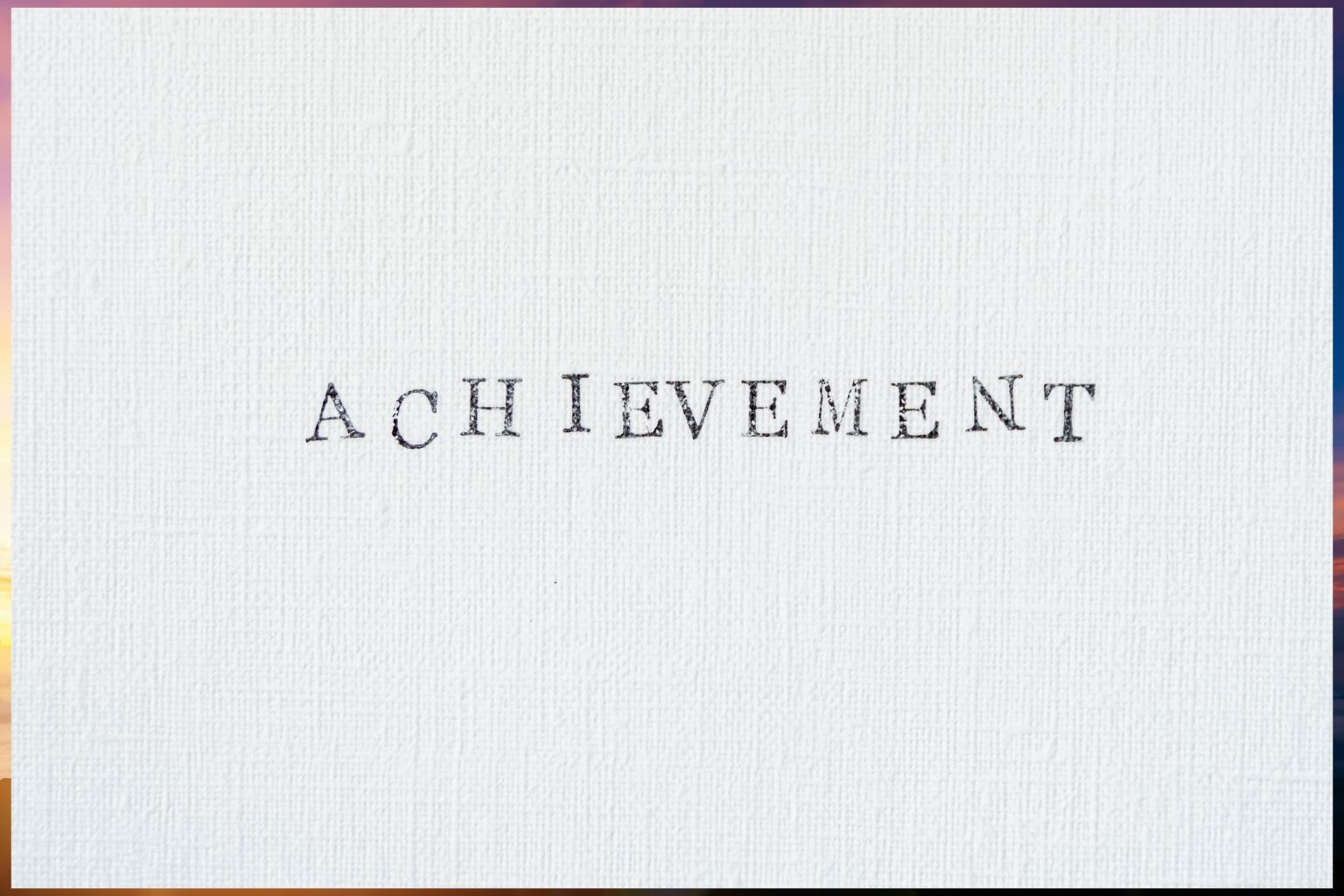
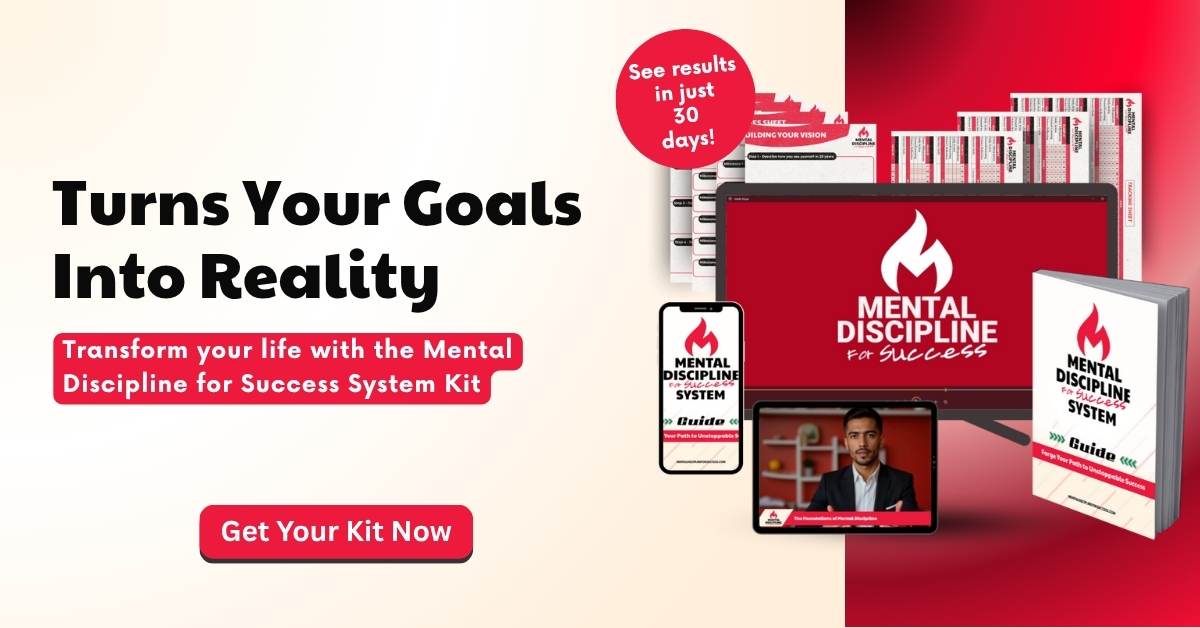
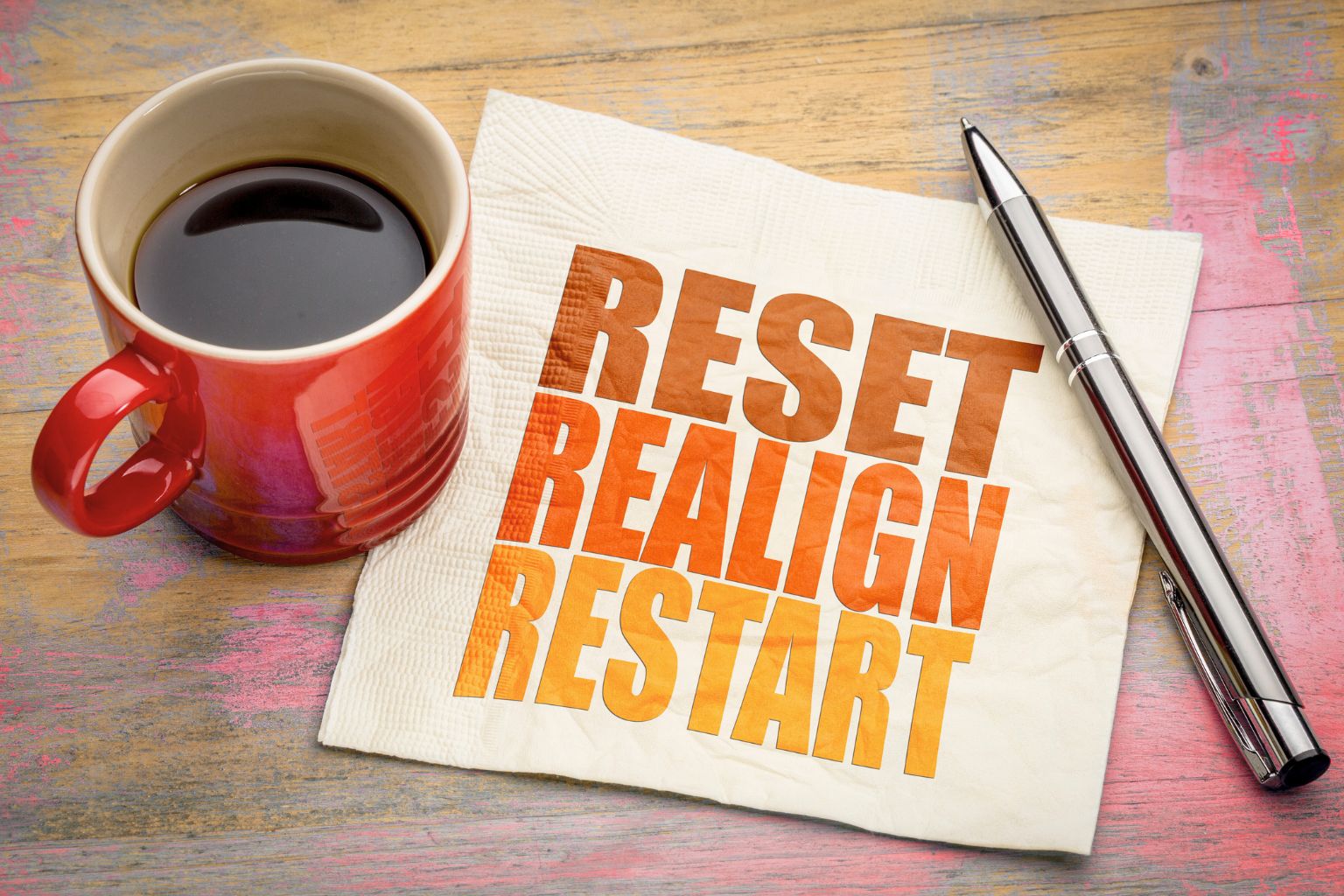

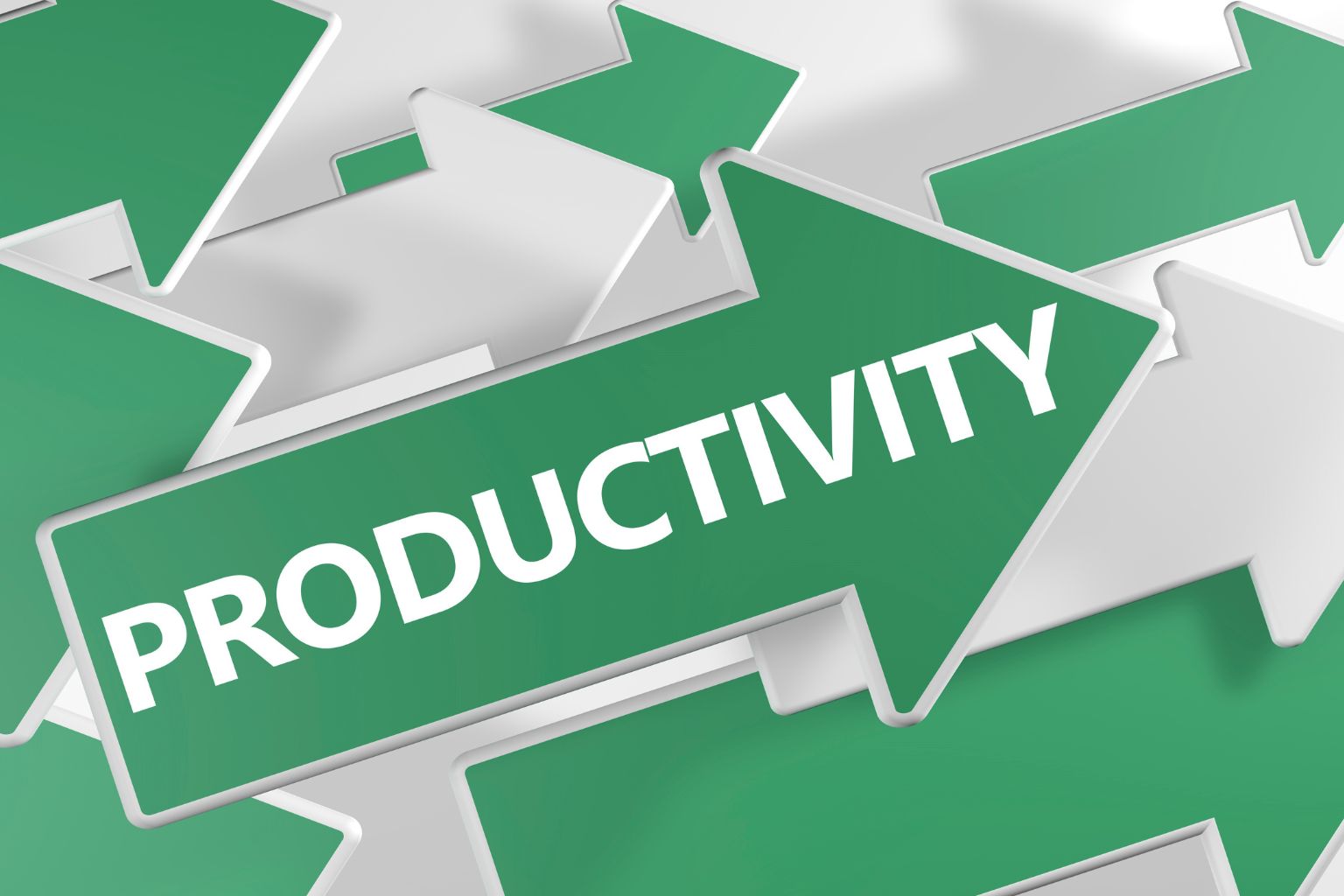


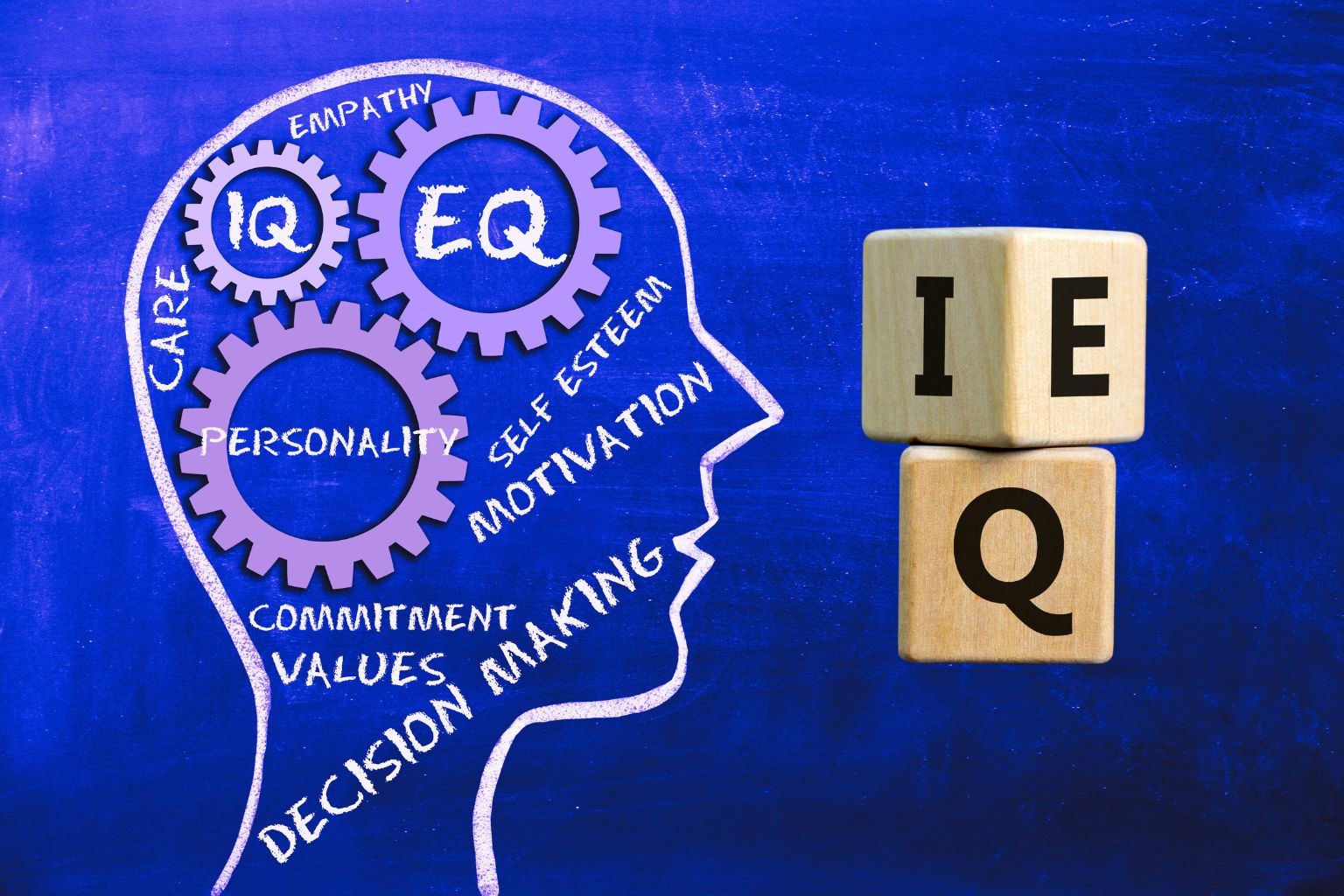

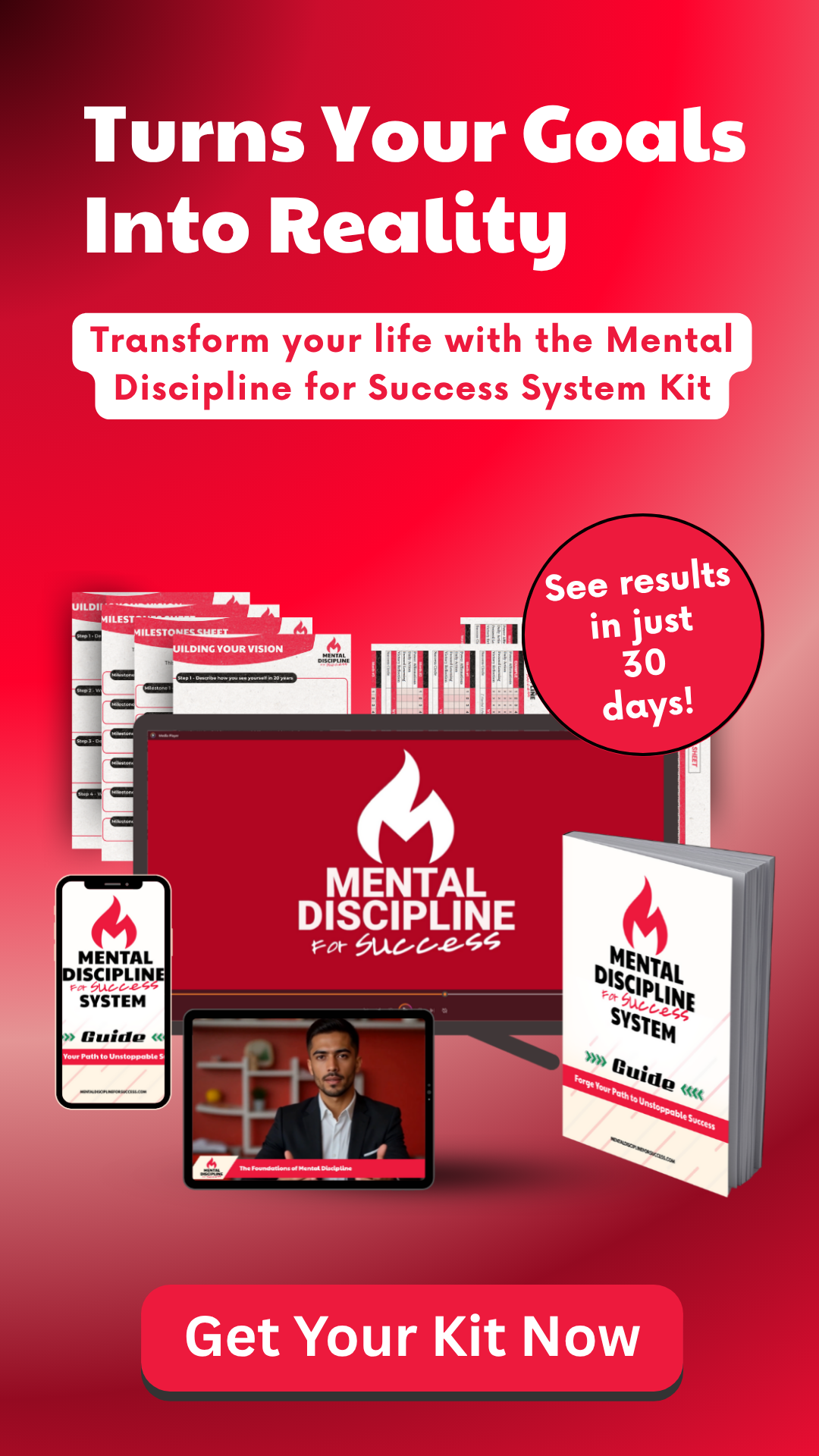
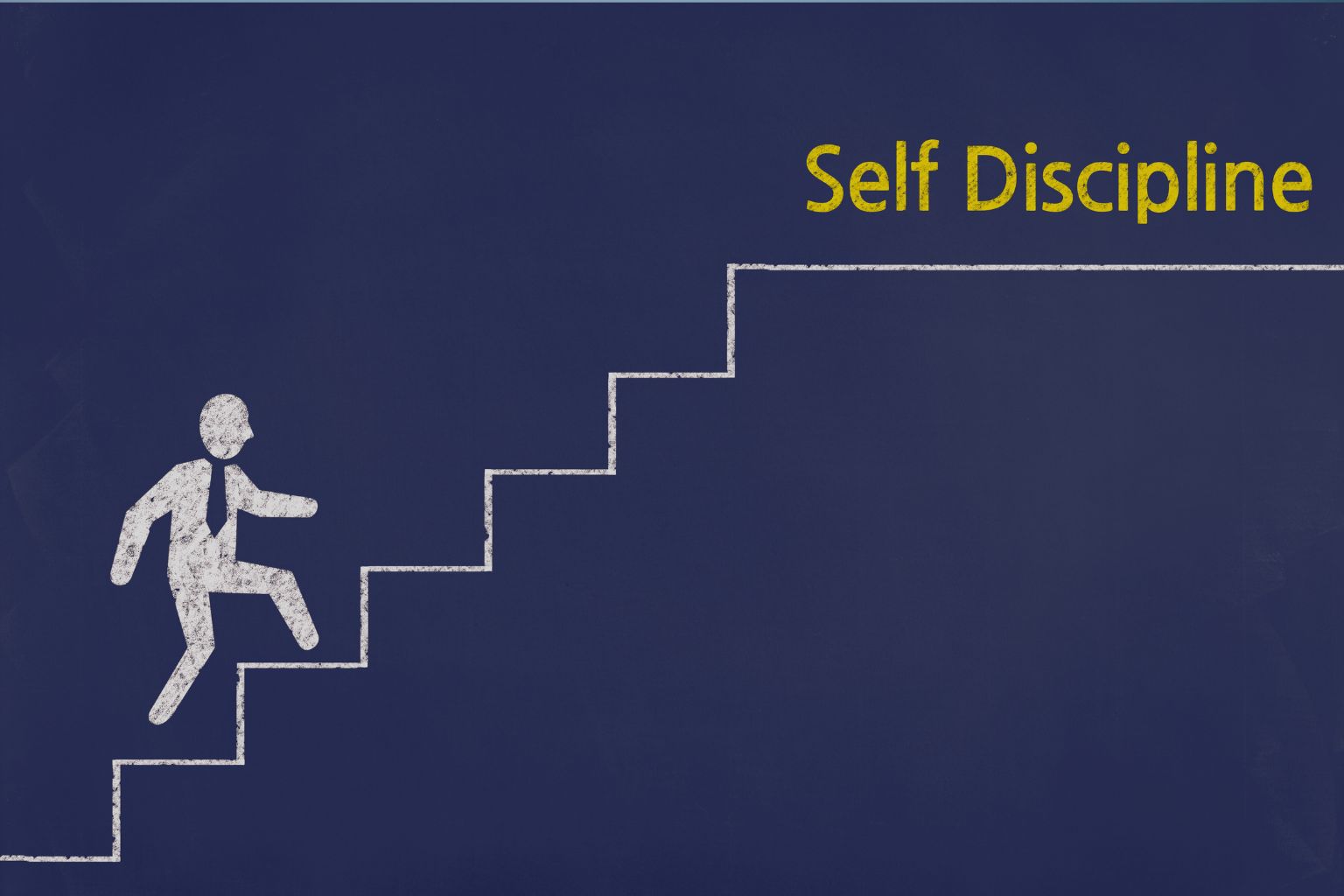

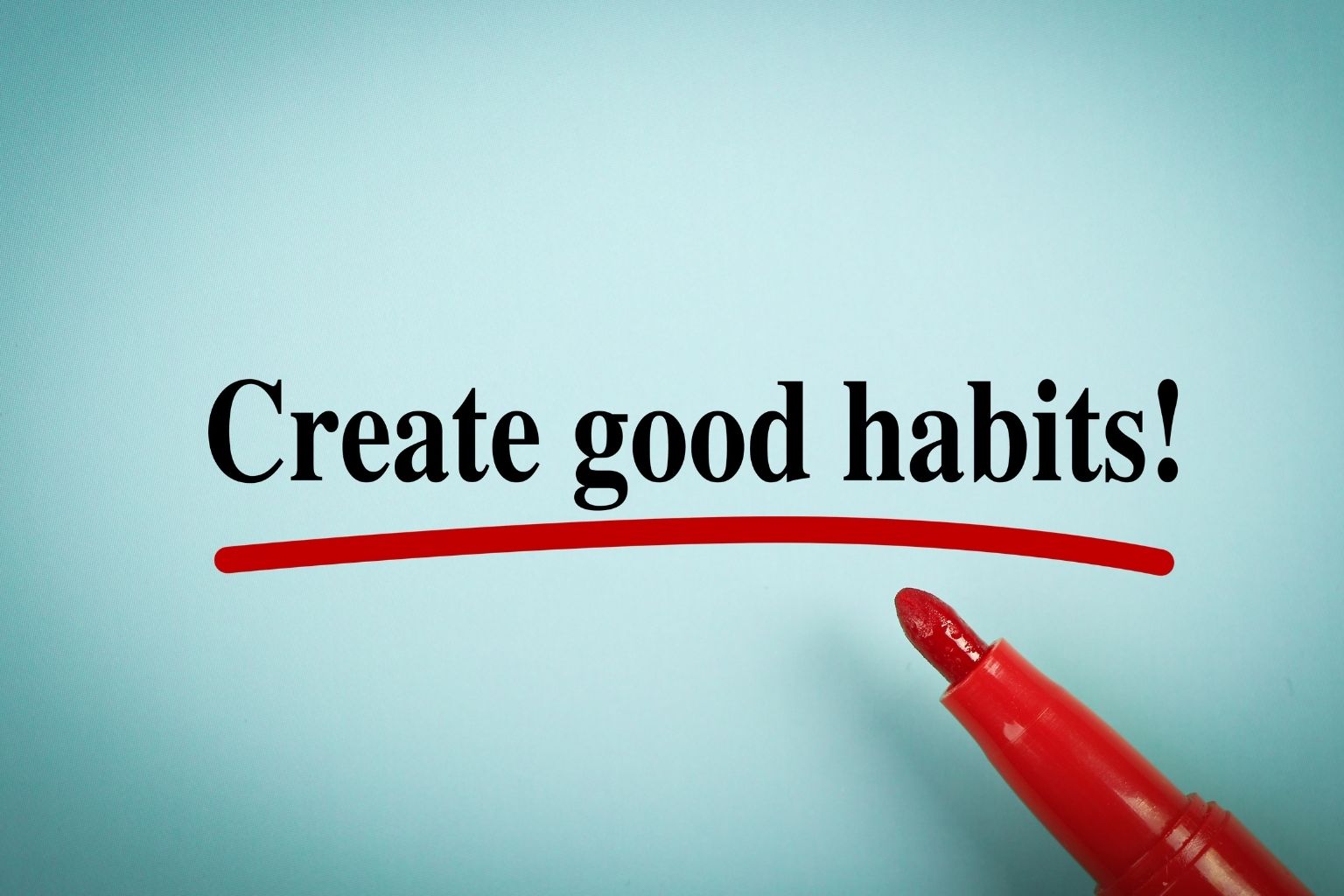



Share it!